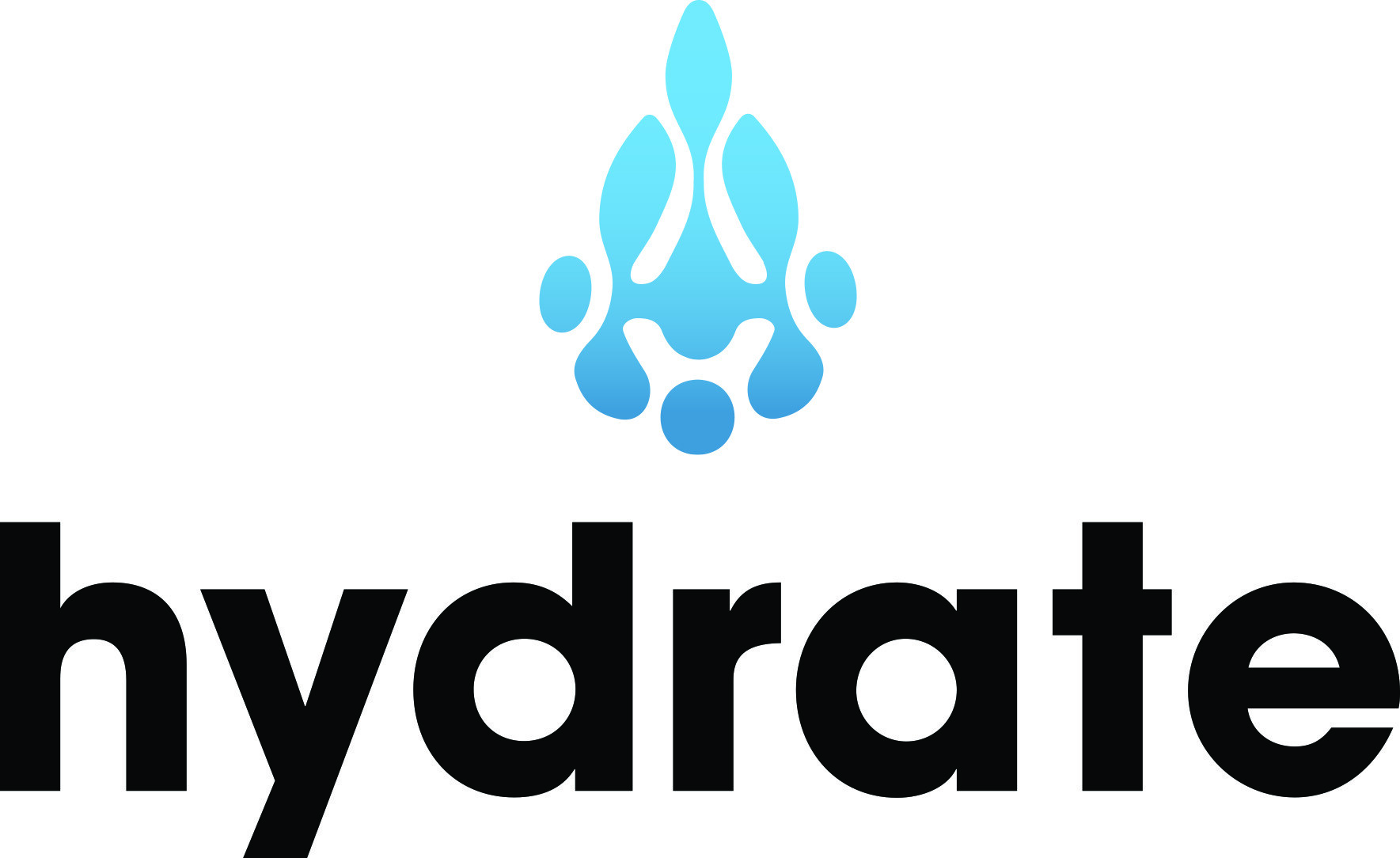Developing marketing personas is foundational in creating strategies that resonate with your audience. Personas represent your ideal customers, helping you tailor your marketing efforts to attract the right leads. Here’s a brief overview of why you should create marketing personas and how to get started.
What Is a Marketing Persona?
A marketing persona is a semi-fictional representation of your ideal customer, built using research, data, and insights. These personas go beyond basic demographics, incorporating behaviors, motivations, challenges, and goals to create a vivid picture of the people you want to reach.
Think of a persona as a character sketch that helps you deeply understand your audience. For instance, instead of marketing broadly to "EPC firms," you might create a persona named "Laura Lead Engineer," a 45-year-old project leader at an engineering, procurement, and construction firm.
Laura oversees project timelines, ensures compliance with safety standards, and seeks efficient solutions to improve project outcomes. She values vendors who simplify her workflows, save her team time, and demonstrate a deep understanding of the industry’s challenges.
Why Do Marketing Personas Matter?
Marketing personas clarify your target audience’s needs, behaviors, and challenges. By understanding your audience, you can:
- Create relevant content and messaging.
- Enhance lead generation efforts.
- Align your sales and marketing strategies.
- Improve customer acquisition and retention.
Overall, developing personas can have a big impact on your bottom line. One study reports that 71% of companies that surpass revenue targets have formally documented personas in place.
So, what are you waiting for? Now is the perfect time to start considering your marketing personas.
Step 1: Analyze Your Best Customers
Start by identifying your most profitable and engaged customers. You can do this by sorting your customers into four categories:
- Profitable & Refer: These customers are your gold standard – they bring in revenue and recommend your business.
- Profitable: These customers contribute financially but may not refer others – yet.
- Unprofitable: These customers neither generate revenue nor align with your business goals.
- Unprofitable & Detract: These customers create obstacles or distract from your mission.
Focus on learning as much as possible about the first two categories. These insights will guide your persona creation.
Step 2: Categorize Ideal Customer Traits
After analyzing your customer list, map out key attributes for your ideal customer. Divide these attributes into three buckets:
- Must-Have Traits: Essential demographics like location, industry, or company size (for B2B).
- Nice-to-Have Traits: Behavioral qualities, such as responsiveness or collaboration.
- Ideal Traits: Beliefs and attitudes, like embracing innovation or viewing your services as investments.
This step ensures you focus on traits that align with your business goals.
Step 3: Answer Critical Questions
Now that you’ve done some investigating, it’s time to refine your understanding of your ideal customer by asking:
- Who are our best customers?
- What do we excel at doing for them?
- How could we serve them better?
- How can we impact their broader ecosystem?
- Can we create systems to replicate this success?
Answering these questions highlights opportunities to enhance customer relationships.
Step 4: Build Detailed Personas
With your research complete, it’s time to create your marketing personas! Each one should include:
- Demographics: Age, industry, income, and business size (for B2B).
- Pain Points: Challenges your services address.
- Behaviors: Key habits or actions that indicate they’re a good fit.
- Communication Preferences: Platforms they frequent (ex. LinkedIn) and content formats they like (ex. podcasts).
- Decision Criteria: Factors they consider when choosing a service provider.
Recall the "Laura Lead Engineer" example from earlier and how much more information was provided about her, even in that brief description, than just her demographics.
Step 5: Use Personas Strategically
Once your personas are ready, integrate them into your marketing strategies. Use them to:
- Inform content creation tailored to specific ideal customer needs.
- Align your sales and marketing efforts by giving both teams the same ideal targets.
- Develop targeted, personalized campaigns for lead generation.
Effective personas aren’t static. Revisit and refine them as your business grows and your audience evolves.
Need Assistance?
Building marketing personas is a time-intensive process requiring research, strategy, and alignment with your overall goals. The Hydrate Marketing team has solid experience creating actionable personas that drive lead generation and customer acquisition. We work with you to gather information about your ideal customer, then use proven methods, frameworks, and templates to organize this information in a helpful and easy-to-understand manner. Contact us today and start crafting marketing personas that lead to measurable growth.








